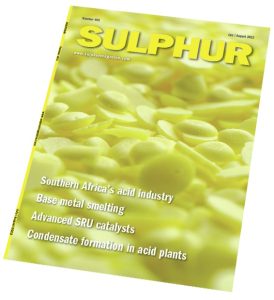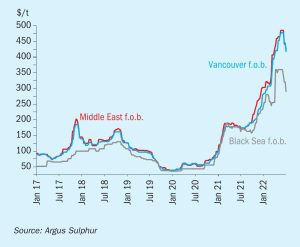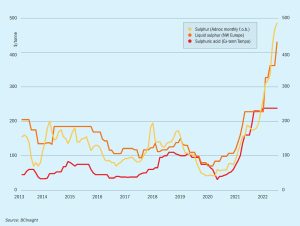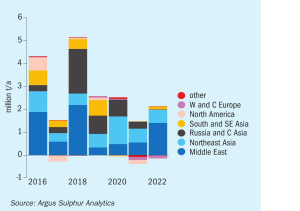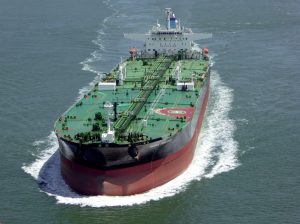
Fertilizer futures and price risk management
In increasingly volatile times for commodity markets, companies up and down the fertilizer supply chain are being left financially exposed to price fluctuations. Alison Coughlin and Tom Crane of CME Group explain how derivatives allow fertilizer market participants to protect themselves from the risk of adverse price movements.


